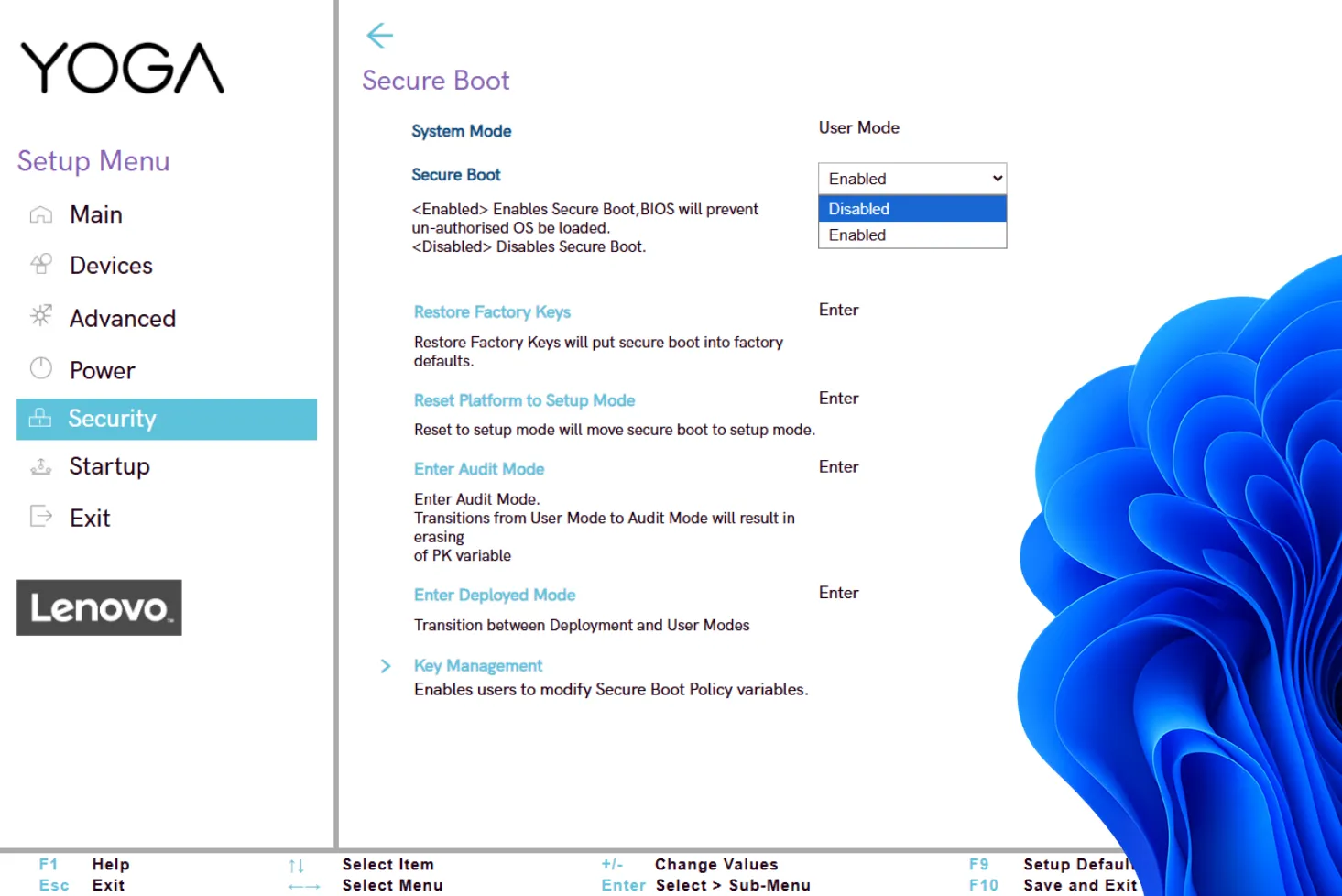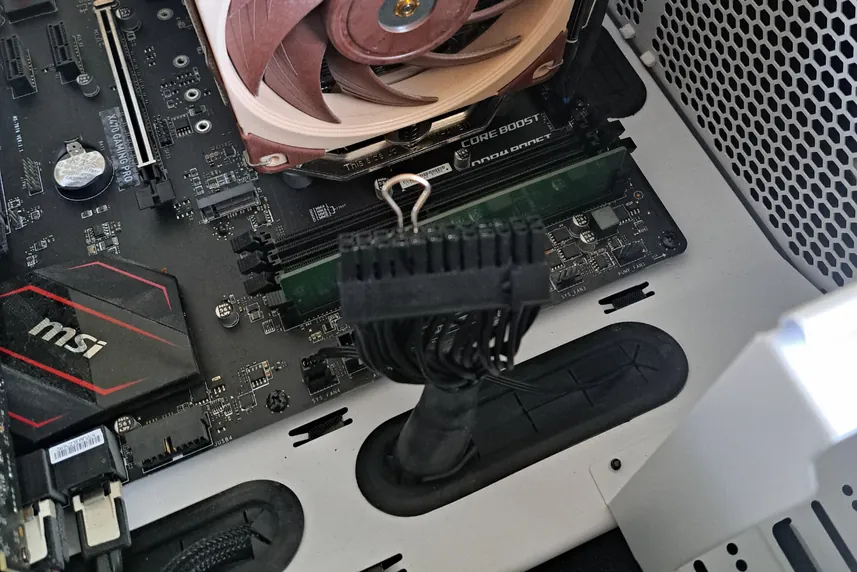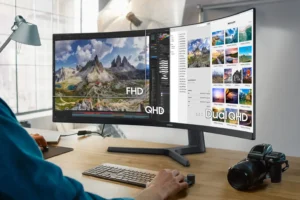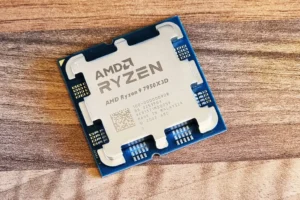Virtualization has become a mainstay of modern computing, from enterprise servers to personal computers. At the heart of this process is the hypervisor, a software or hardware component that enables multiple operating systems to run on a single physical machine. But not all hypervisors are created equal: there are mainly types 1 and 2, each with its own specific features, advantages and limitations.
What’s the difference between Type 1 and Type 2 hypervisors?
- What is a hypervisor?
- The two main categories of hypervisors
- The future of virtualization: between hypervisors and containerization
What is a hypervisor?
A hypervisor, also known as a Virtual Machine Monitor (VMM), is a software or hardware-integrated layer that enables the creation, execution and administration of multiple virtual machines (VMs) on a single physical host. Its role is to orchestrate access to hardware resources, efficiently distributing CPU power, RAM, storage and network connectivity between the various guest systems.
In operational terms, the hypervisor ensures strict isolation of environments, preventing any risk of interference, while optimizing the use of available resources in real time. This makes it possible to simultaneously deploy several systems (Windows, Linux, BSD or others) on a single physical host, while benefiting from increased flexibility, greater resilience and granular control over the infrastructure.
The two main categories of hypervisors
Hypervisors come in two main families, differentiated by the way they are integrated into the system. This distinction, far from being insignificant, determines their architecture, performance and uses.
Type 1 hypervisor (bare metal)
A type 1 hypervisor, also known as bare metal, runs directly on the physical hardware, without the need for an intermediate operating system. It acts as the primary software layer, taking complete control of processor, memory, storage and network interfaces, then dynamically allocating these resources to hosted virtual machines.
This native operation gives Type 1 several decisive advantages: optimum performance thanks to the absence of a software layer, enhanced security thanks to a reduced attack surface, and strict isolation between virtual environments to guarantee stability and resilience.
On the other hand, its deployment requires certified hardware and a more complex installation reserved for experienced system administrators. This type of hypervisor naturally finds its place in data centers, cloud infrastructures and mission-critical applications, where reliability and performance are top priorities.
The most popular solutions include Hyper-V, VMware ESXi, KVM and Xen.
Type 2 hypervisor(hosted)
A type 2 hypervisor, also known as a hosted hypervisor , runs on top of an operating system already installed on the host machine. Functioning like a conventional application, it relies on OS drivers and services to access CPU, memory, storage and network interfaces, then creates and manages virtual machines.
This architecture means it’s easy to install, compatible with a wide range of hardware and systems, and has a gentle learning curve – ideal for novice users or occasional use.
On the other hand, the presence of the host OS introduces an additional layer, which limits lower performance and security compared to a type 1 hypervisor, since a flaw in the host system can impact all virtual machines.
Type 2 hypervisors are preferred for test environments, software development or personal use requiring multiple OSes on a single workstation. Popular solutions include VirtualBox, VMware Workstation and Parallels Desktop.
This is the best-known and most popular form of virtualization.
| Criteria | Type 1 hypervisor(bare metal) | Type 2 hypervisor(hosted) |
|---|---|---|
| Position in architecture | Installed directly on physical hardware, without intermediate OS | Installed on top of a host operating system |
| Performance | Optimal, direct access to hardware resources | Lower, due to additional host OS layer |
| Security | Higher, reduced attack surface | Lower, depending on host OS security |
| VM isolation | Strong isolation, limited propagation risk | Good isolation, but dependent on host OS |
| Installation | More complex, often reserved for pro environments | Simple, like classic software |
| Hardware compatibility | Sometimes limited, requiring certified hardware | Wide compatibility with various hardware and OS |
| Use cases | Data centers, cloud computing, mission-critical applications | Testing, development, personal use |
| Examples | VMware ESXi, KVM, Xen | VirtualBox, VMware Workstation, Parallels Desktop |
| Popularity | Dominant in enterprise and server infrastructure | Better known to the general public and developers |
The choice of hypervisor depends above all on the objective being pursued, the budget available and the technical skills of the user or team in charge.
For professional or production use in a data center or private cloud environment, a type 1 hypervisor is strongly recommended. Its performance, stability and level of security make it a preferred choice for mission-critical applications, even if its implementation requires technical expertise and a more substantial hardware investment.
Conversely, for personal use, training or software development, a type 2 hypervisor is a practical option. Easy to install and configure, it lets you quickly test different operating systems or scenarios without upsetting the main environment. It’s also more economical and widely compatible with most consumer hardware.
The future of virtualization: between hypervisors and containerization
In short, Type 1 and Type 2 hypervisors meet distinct needs: the former favors performance, security and isolation, while the latter focuses on ease of use, compatibility and accessibility. The choice between the two therefore depends as much on the purpose of the project as on the technical and financial resources available.
Today, virtualization is an essential pillar of modern IT, powering cloud infrastructures as well as test and development environments. It optimizes hardware resources, reduces operating costs and increases the flexibility of IT architectures.
On the horizon, new approaches are enriching this landscape: native cloud hypervisors and advanced containerization via solutions such as KVM coupled with Kubernetes or Firecracker. These hybrid technologies combine the lightness of containers with the robust isolation of traditional virtualization, paving the way for ever more agile, secure and high-performance environments.














